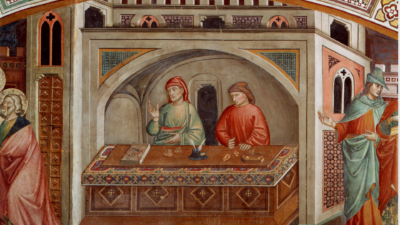Norway’s sovereign wealth fund undershoots benchmark
Norway’s Government Pension Fund Global (GPFG), the largest sovereign wealth fund in the world, returned 8.6 per cent in the first half of 2024 from strong equity performance but ultimately undershot its benchmark index by 0.04 per cent.
Around 72 per cent of the circa US$1.6 trillion sovereign wealth fund is invested in equities, with 26.1 per cent in fixed income and 1.7 per cent and 0.1 per cent in unlisted real estate and unlisted renewable energy infrastructure respectively.
“The equity investments gave a very strong return in the first half of the year. The result was mainly driven by the technology stocks, due to increased demand for new solutions in artificial intelligence”, said Nicolai Tangen, CEO of Norges Bank Investment Management (NBIM), the investment manager of GPFG. Tangen added that robust global economies and an increase in consumer borrowing boosted financial stocks, while health care benefitted from higher demand and positive study results.
Consumer staples, real estate and basic materials delivered the weakest returns for the period, but like many other big institutions it was real estate that kneecapped the Government Pension Fund Global return, with unlisted real estate returning -0.5 per cent owing to a chunkier allocation to the US office sector, where values were impacted by higher vacancies and a persistently high policy rate, while lacklustre market activity made property valuations a “challenge”.
The funds’ investments in unlisted renewable energy infrastructure returned -17.7 per cent for the first half, with the return comprising net income from power sales and changes in the value of investments.
“A higher cost of capital adversely affected the value of the investments during the period. Besides projects already in operation, we have invested in a project under construction and committed capital for future projects,” the half-year report says. “These projects are expected to generate net income in the future. This future net income will also be negatively affected by the current higher cost of capital.”
The fund also published an updated holdings list for the first half in an ongoing bid to boost its investment transparency.
“We are already the world’s most transparent fund, but now we are increasing transparency even further,” Tangen said. “From now on, everyone will be able to find an updated overview of all our investments on a half-yearly basis.”











